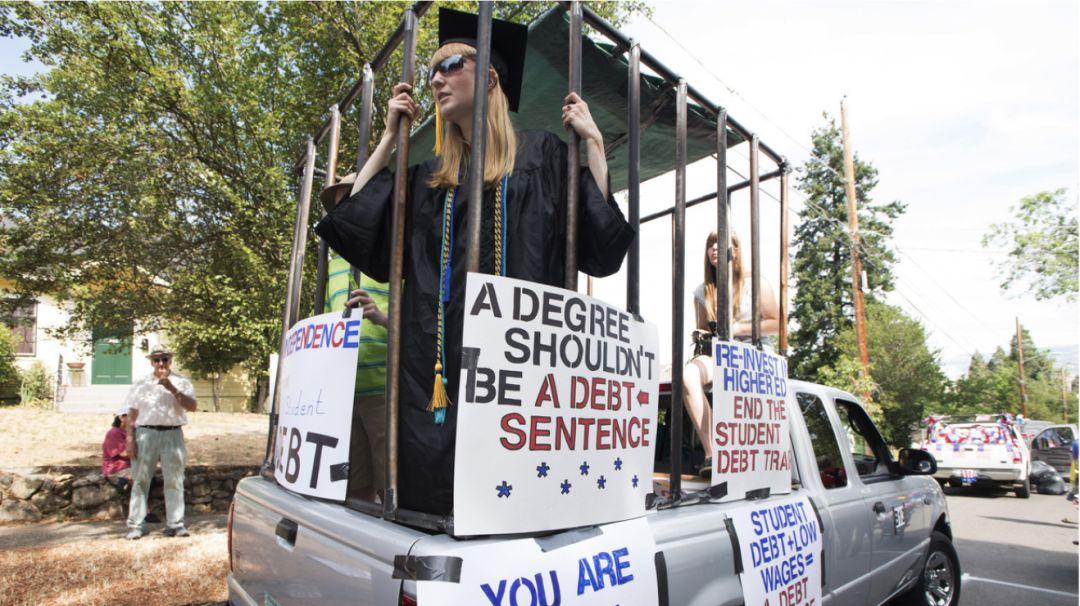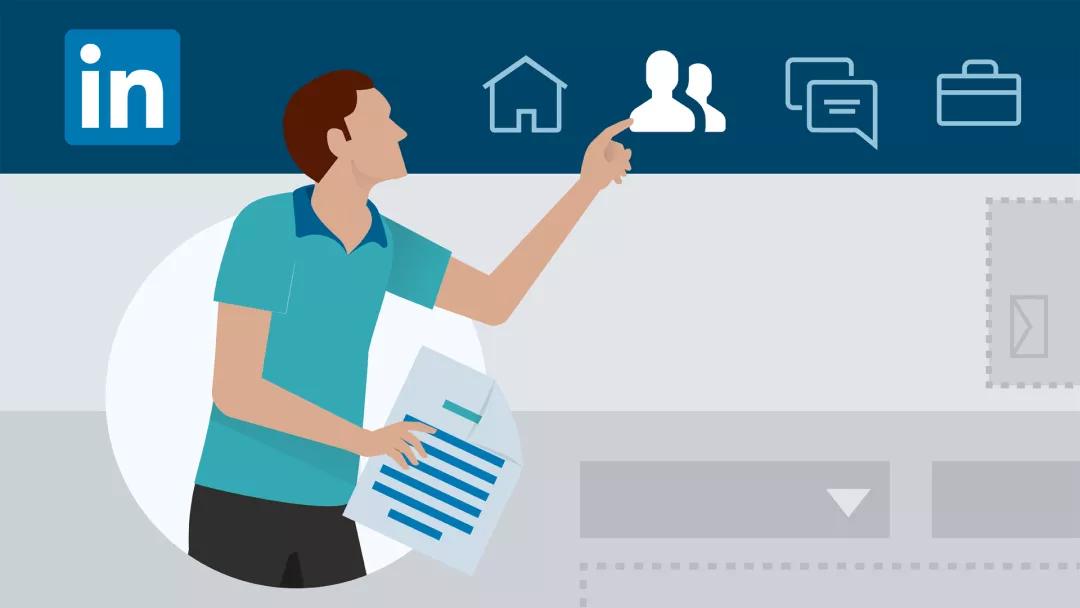Can You Pay Student Loans with a 529 Plan? A Comprehensive Guide
Guide or Summary:Student Loans529 PlanCan You Pay Student Loans with a 529 Plan?Using a 529 Plan to Pay Off Student LoansConsiderations and RisksStudent Loa……
Guide or Summary:
- Student Loans
- 529 Plan
- Can You Pay Student Loans with a 529 Plan?
- Using a 529 Plan to Pay Off Student Loans
- Considerations and Risks
Student Loans
Student loans are an essential part of financing higher education. They allow students to pursue their academic goals without the immediate financial burden of tuition fees. However, repaying these loans can be a significant financial challenge, especially for those who struggle to find stable employment or face unexpected expenses. This guide explores the possibility of using a 529 plan to pay off student loans, discussing how such a plan can be a valuable tool for debt relief.
529 Plan
A 529 plan is a tax-advantaged savings plan designed specifically for education expenses. These plans are offered by states, educational institutions, and some financial institutions, and they allow individuals to save money for future education costs. The funds in a 529 plan can be used to pay for qualified education expenses, including tuition, fees, books, and room and board.
Can You Pay Student Loans with a 529 Plan?
The question of whether you can use a 529 plan to pay off student loans is a common one among borrowers seeking ways to reduce their debt. While a 529 plan is primarily designed for education expenses, there are a few scenarios where it may be possible to use these funds to pay down student loans.

Using a 529 Plan to Pay Off Student Loans
There are a few different ways that a 529 plan could be used to pay off student loans:
1. **Direct Payment to Lender:** Some lenders may allow borrowers to use funds from a 529 plan to make payments on their student loans directly. This option requires that the 529 plan account holder has sufficient funds in the account to cover the loan payment.
2. **Withdrawals for Loan Repayment:** In some cases, it may be possible to withdraw funds from a 529 plan to pay off student loans. However, this option comes with significant tax implications, as withdrawals for non-qualified expenses (such as loan repayment) are subject to income tax and a 10% penalty.
3. **Refinancing Student Loans with a 529 Plan:** Some borrowers may choose to refinance their student loans with a 529 plan as collateral. This option involves taking out a new loan with a 529 plan as collateral, which can reduce interest rates and monthly payments. However, this approach is risky, as it could result in the loss of funds in the 529 plan if the borrower defaults on the loan.

Considerations and Risks
While using a 529 plan to pay off student loans may seem like an attractive option, it is important to consider the potential risks and drawbacks. Here are some key considerations:
1. **Tax Implications:** As mentioned earlier, withdrawals from a 529 plan for non-qualified expenses (such as loan repayment) are subject to income tax and a 10% penalty. This can significantly impact the overall cost of using a 529 plan to pay off student loans.
2. **Loan Repayment Terms:** Not all student loans can be paid off using a 529 plan. Some loans, such as federal Direct Loans, have specific repayment terms and conditions that may not allow for such payments.
3. **Financial Risk:** Using a 529 plan to pay off student loans can be a risky financial decision. If the borrower defaults on the loan or the 529 plan account is depleted, they could be left with significant debt and limited savings.

In conclusion, while it is possible to use a 529 plan to pay off student loans, it is important to carefully consider the potential risks and drawbacks. Borrowers should weigh the tax implications, loan repayment terms, and financial risks before deciding whether to use a 529 plan to pay off their student loans. By carefully planning and considering all available options, borrowers can make informed decisions about their student loan repayment strategies.